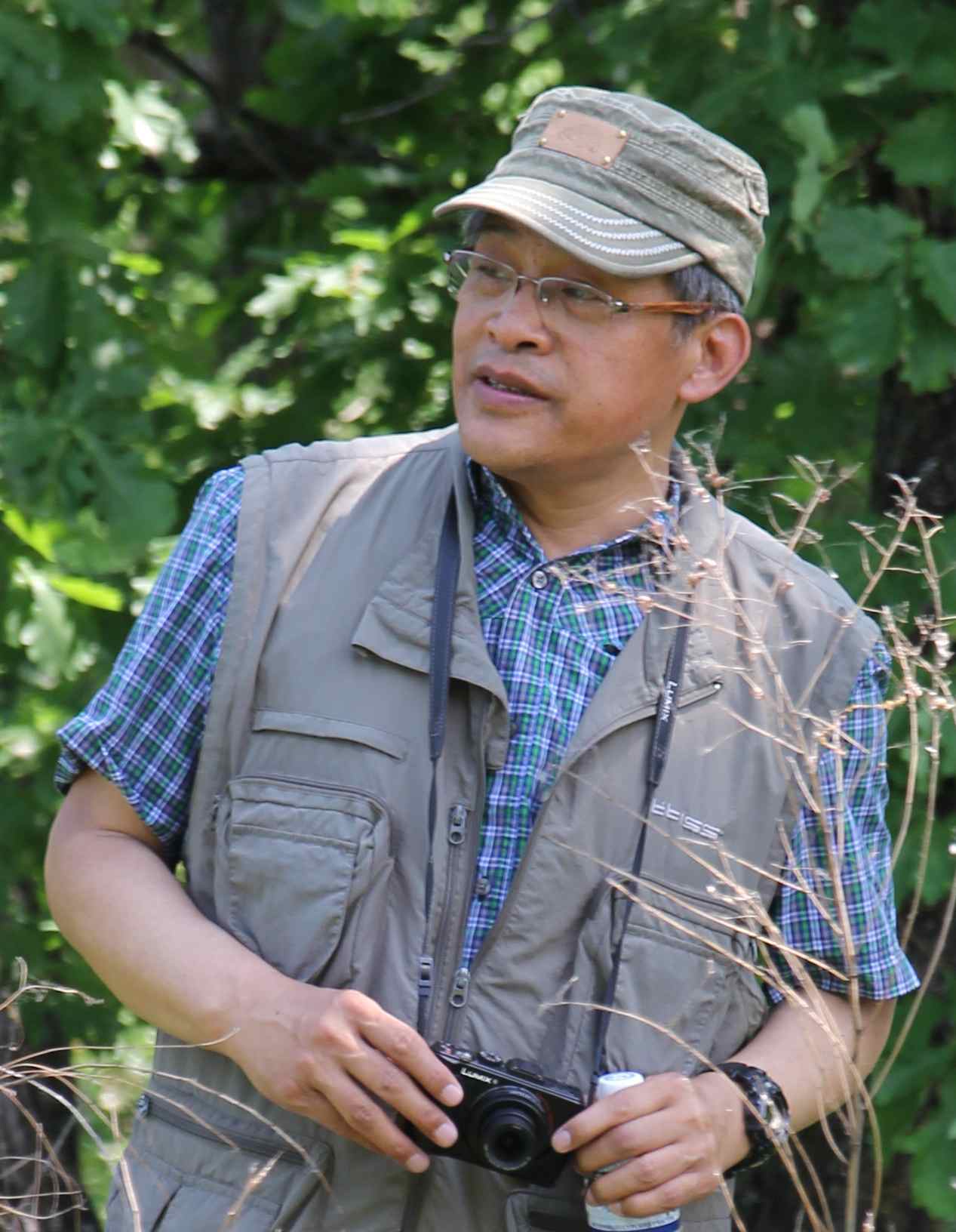On May 31, 2021, for the first time, a field study was carried out on rock paintings that were discovered on Mount Dalashan near the village of Hamajia, Tuquan County. The survey was carried out by the author in cooperation with the rock art inspection team organized by the Tuquan County Bureau of Culture, Tourism and Sports. Approximately 100 figures have been identified and documented. The rock carvings are painted with ocher and are located in a large grotto. They are distinguished by a variety of plots and images. Petroglyphs include anthropomorphic and zoomorphic images. Among anthropomorphic images there are phallic characters. The petroglyphs depict scenes of hunting and sacrifices, dances, the cult of ancestors, shamanism. This is the most numerous group of petroglyphs found in the Khingan aimag of Inner Mongolia. It fills a gap in the study of petroglyphs of the Greater Khingan and the Amur basin. It is also an important source for studying the history of ethnic groups, their migrations, as well as the emergence, development and extinction of the petroglyphic tradition in the east of Eurasia and Northeast Asia.
Key words: petroglyphs, Hamajia, shaman, sacred tree, phallic cult, hunting
DOI: 10.22250/20728662_2022_4_5
About the author
 |
Wang Yulang (王禹浪) - Doctor of Historical Sciences, Professor, Bohai University; |






